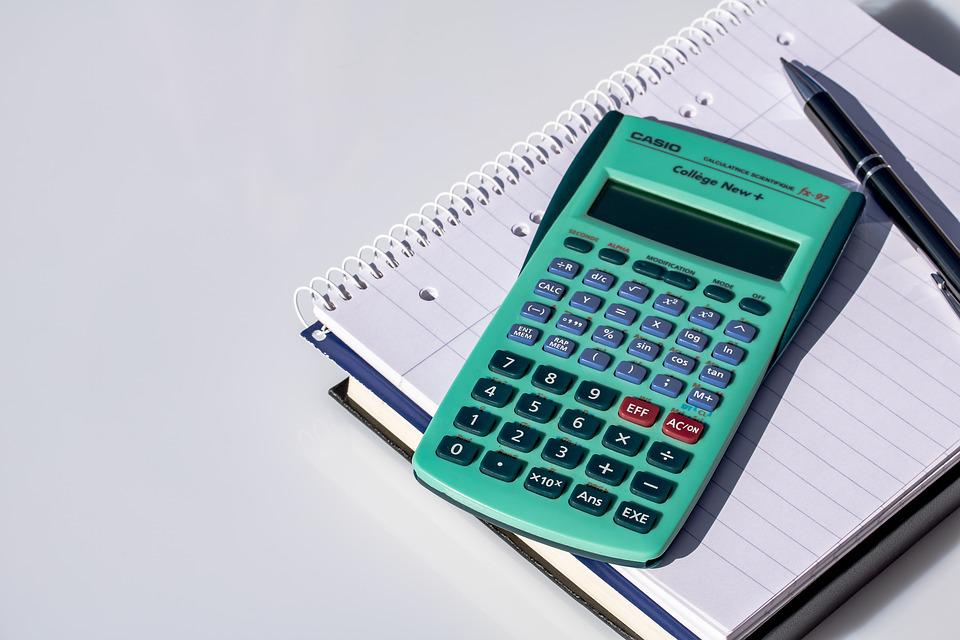
04 Jul When do I have to take my first retirement distribution?
Photo: pixabay.comQ. I’m confused about when I will have to take my first Required Minimum Distribution. I will turn 72 in 2023.
— Getting closer
A. You’re right that Required Minimum Distributions (RMDs) can be confusing.
And if you make a mistake, it will cost you.
Let’s start at the beginning.
RMD rules apply to all employer-sponsored plans and to traditional and other IRA plans such as a SEP, said Laurie Wolfe, a certified financial planner and certified public accountant with Peapack Private Wealth Management in New Providence.
She said the RMD amount is calculated using the balance in the account as of the end of the prior year and a life expectancy factor based on your age.
RMDs were raised from age 70 ½ to 72 by the SECURE Act of 2019.
“In the year that you first turn 72, 2023 in your case, you are allowed a little additional time in which to take your first RMD,” she said.
For this first year only, you can take the 2023 RMD by April 1 of the following year, she said. For every year thereafter it must be taken by Dec. 31 of that same year.
“So, in 2024 you must take the RMD by Dec. 31, 2024. If you had decided to take your 2023 distribution in the beginning of 2024 — by April 1, 2024 — then in 2024 you will have to take both the 2023 and the 2024 RMDs,” Wolfe said.
It’s important to note that taking the two RMDs in one tax year can have several ramifications, she said.
“The income tax ramifications can include increasing your taxable income so that you are now in a higher tax bracket for ordinary income,” she said. “You could also be subject to a higher capital gains tax rate if your taxable income goes into a higher capital gains tax bracket.”
Also, there is a net investment income tax and a Medicare surcharge, both imposed only after your gross income reaches above a certain level, she said.
Don’t forget that failure to take your RMD can result in steep penalties. You will owe 50% of the amount that was supposed to be taken.
You didn’t say whether you are still working or if you are retired.
“If you are still working and you participate in your employer’s retirement plan, you do not have to take an RMD from that plan until the April 1 following the year that you retire,” she said. “So, the first distribution is for the year of retirement and as stated above, in that year only, it can be delayed until April 1 of the following year.”
You should consult with your plan administrator if this applies to you.
Finally, Wolfe said, you should work with a tax professional and a financial advisor to run some projections for you so that you understand how your RMD will affect your tax picture and your overall financial plan.
Email your questions to .
This story was originally published on July 4, 2022.
NJMoneyHelp.com presents certain general financial planning principles and advice, but should never be viewed as a substitute for obtaining advice from a personal professional advisor who understands your unique individual circumstances.

